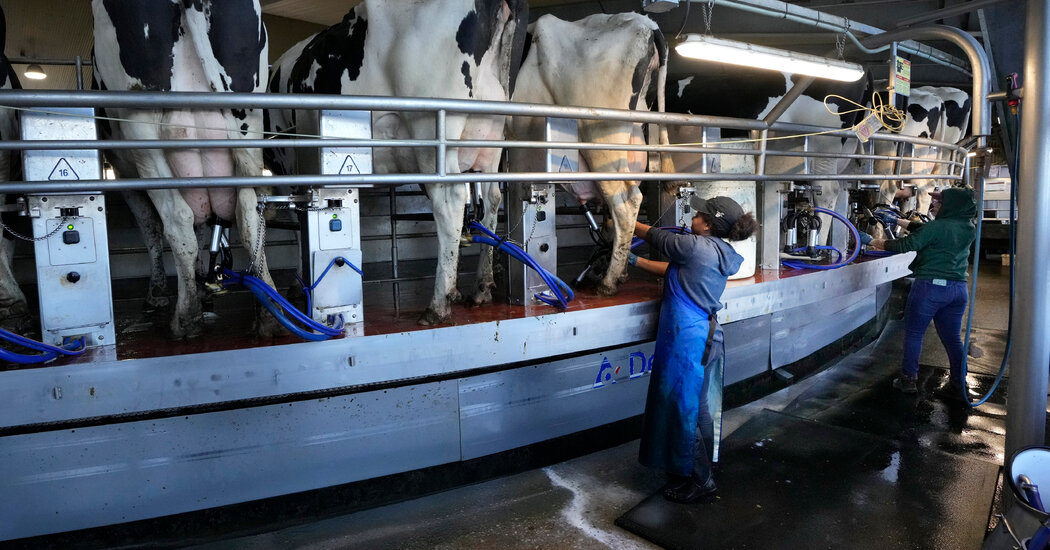There is no evidence that the milk is unsafe to drink, scientists say. But the survey result strongly hints that the outbreak may be widespread.
Federal regulators have discovered fragments of bird flu virus in roughly 20 percent of retail milk samples tested in a nationally representative study, the Food and Drug Administration said in an online update on Thursday.
Samples from parts of the country that are known to have dairy herds infected with the virus were more likely to test positive, the agency said. Regulators said that there is no evidence that this milk poses a danger to consumers or that live virus is present in the milk on store shelves, an assessment public health experts have agreed with.
But finding traces of the virus in such a high share of samples from around the country is the strongest signal yet that the bird flu outbreak in dairy cows is more extensive than the official tally of 33 infected herds across eight states.
“It suggests that there is a whole lot of this virus out there,” said Richard Webby, a virologist and influenza expert at St. Jude Children’s Research Hospital.
Dr. Webby said that he believed it was still possible to eradicate the virus, which is known as H5N1, from the nation’s dairy farms. But it will be difficult to design effective control measures without knowing the scope of the outbreak, he said.
The findings also raise questions about how the virus has evaded detection and where else it might be silently spreading. Some scientists have criticized the federal testing strategy as too limited to reveal the true extent of viral spread.
